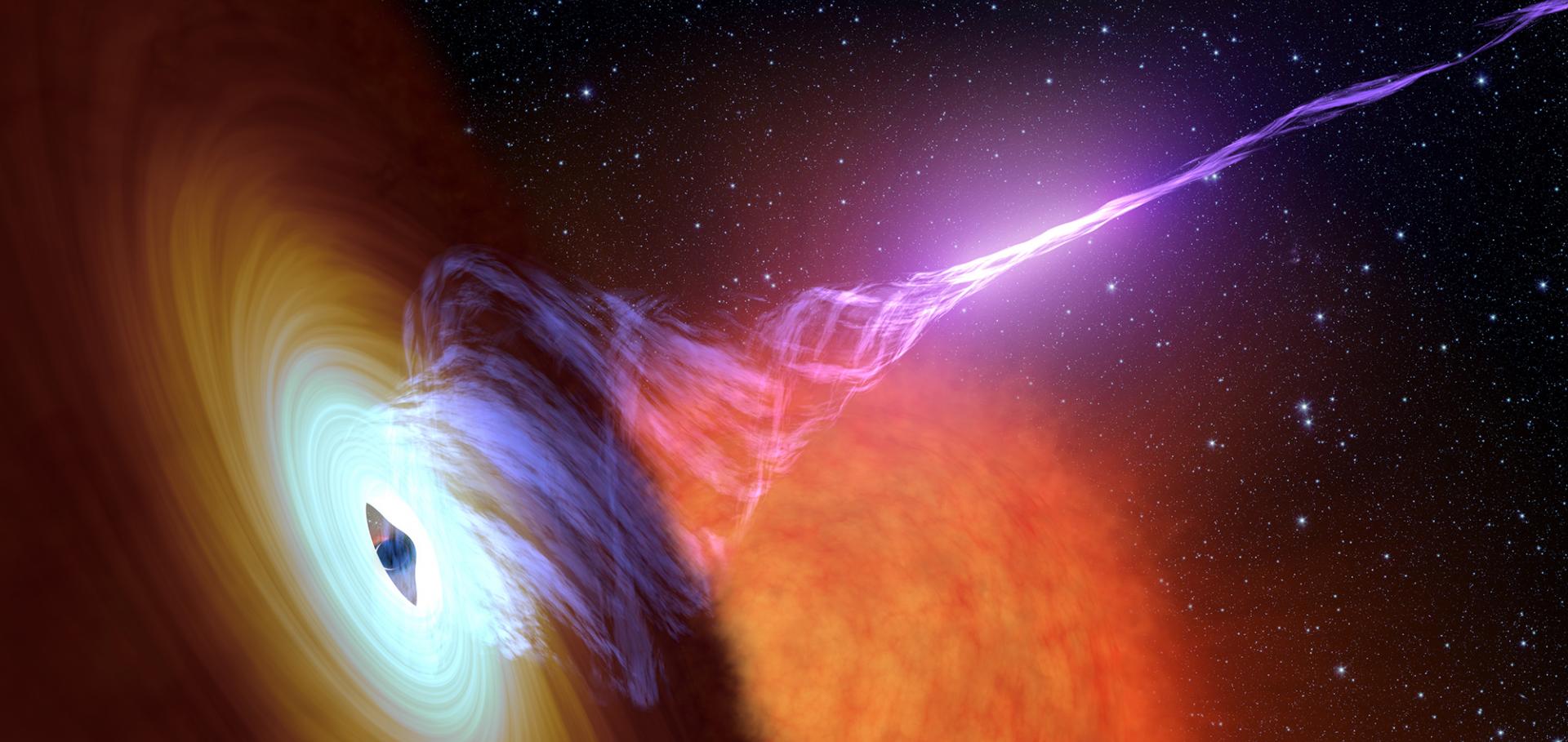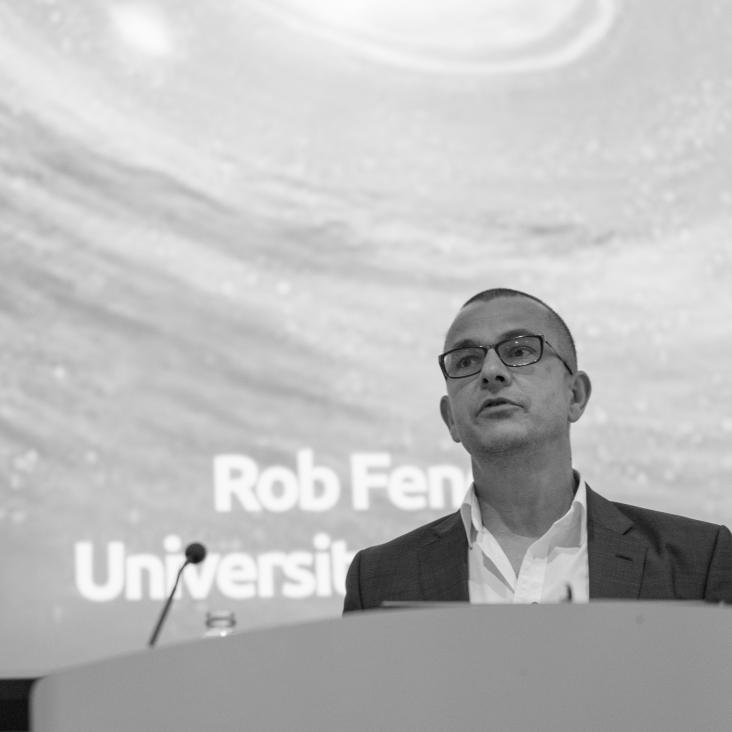Don’t blink: constraining the circumstellar environment of the interacting type Ia supernova 2015cp
Astrophysical Journal American Astronomical Society 868:21 (2018)
Abstract:
Despite their cosmological utility, the progenitors of Type Ia supernovae (SNe Ia) are still unknown, with many efforts focused on whether accretion from a nondegenerate companion can grow a carbon–oxygen white dwarf to near the Chandrasekhar mass. The association of SNe Ia resembling SN 1991T ("91T-like") with circumstellar interaction may be evidence for this "single-degenerate" channel. However, the observed circumstellar medium (CSM) in these interacting systems is unlike a stellar wind—of particular interest, it is sometimes detached from the stellar surface, residing at ~1016 cm. A Hubble Space Telescope (HST) program to discover detached CSM around 91T-like SNe Ia successfully discovered interaction nearly two years after explosion in SN 2015cp (Graham et al. 2018). In this work, we present radio and X-ray follow-up observations of SN 2015cp and analyze them in the framework of Harris et al. (2016) to limit the properties of a constant-density CSM shell in this system. Assuming the HST detection took place shortly after the shock crossed the CSM, we constrain the total CSM mass in this system to be <0.5 ${M}_{\odot }$. This limit is comparable to the CSM mass of supernova PTF11kx, but does not rule out lower masses predicted for recurrent novae. From lessons learned modeling PTF11kx and SN 2015cp, we suggest a strategy for future observations of these events to increase the sample of known interacting SNe Ia.A wildly flickering jet in the black hole X-ray binary MAXI J1535–571
Astrophysical Journal American Astronomical Society 867:2 (2018)
Abstract:
We report on the results of optical, near-infrared (NIR), and mid-infrared observations of the black hole X-ray binary candidate (BHB) MAXI J1535–571 during its 2017/2018 outburst. During the first part of the outburst (MJD 58004–58012), the source shows an optical–NIR spectrum that is consistent with an optically thin synchrotron power law from a jet. After MJD 58015, however, the source faded considerably, the drop in flux being much more evident at lower frequencies. Before the fading, we measure a dereddened flux density of gsim100 mJy in the mid-infrared, making MAXI J1535–571 one of the brightest mid-infrared BHBs known so far. A significant softening of the X-ray spectrum is evident contemporaneous with the infrared fade. We interpret it as being due to the suppression of the jet emission, similar to the accretion–ejection coupling seen in other BHBs. However, MAXI J1535–571 did not transition smoothly to the soft state, instead showing X-ray hardness deviations associated with infrared flaring. We also present the first mid-IR variability study of a BHB on minute timescales, with a fractional rms variability of the light curves of ~15%–22%, which is similar to that expected from the internal shock jet model, and much higher than the optical fractional rms (lesssim7%). These results represent an excellent case of multiwavelength jet spectral timing and demonstrate how rich, multiwavelength time-resolved data of X-ray binaries over accretion state transitions can help in refining models of the disk–jet connection and jet launching in these systems.A Strong Jet Signature in the Late-Time Lightcurve of GW170817
(2018)
A hot and fast ultra-stripped supernova that likely formed a compact neutron star binary
Science American Association for the Advancement of Science 362:6411 (2018) 201-206
Abstract:
Compact neutron star binary systems are produced from binary massive stars through stellar evolution involving up to two supernova explosions. The final stages in the formation of these systems have not been directly observed. We report the discovery of iPTF 14gqr (SN 2014ft), a type Ic supernova with a fast-evolving light curve indicating an extremely low ejecta mass (≈0.2 solar masses) and low kinetic energy (≈2 × 1050 ergs). Early photometry and spectroscopy reveal evidence of shock cooling of an extended helium-rich envelope, likely ejected in an intense pre-explosion mass-loss episode of the progenitor. Taken together, we interpret iPTF 14gqr as evidence for ultra-stripped supernovae that form neutron stars in compact binary systems.Tracking the variable jets of V404 Cygni during its 2015 outburst
(2018)


